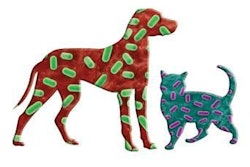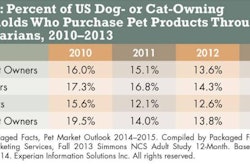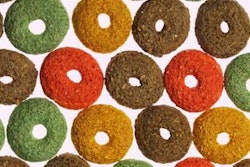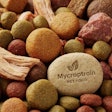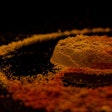Canine hereditary copper-associated hepatitis is characterized by gradual hepatic copper accumulation eventually leading to liver cirrhosis. The aim of this study was to investigate the effect of a low-copper, high-zinc diet as an alternative to continuous d-penicillamine treatment for the long-term management of canine copper-associated hepatitis.
Sixteen affected Labrador Retrievers were followed for a median time period of 19.1 months after being effectively treated with d-penicillamine. The dogs were maintained on a diet containing 1.3 ± 0.3 mg copper/1000 kcal and 64.3 ± 5.9 mg zinc/1000 kcal. Liver biopsies were taken every six months for histological evaluation and copper determination. Dietary treatment alone was sufficient to maintain hepatic copper concentration below 800 mg/kg dry weight liver in 12 dogs during the study period. Four dogs needed re-treatment with d-penicillamine. ALT activity and albumin concentration were not associated with hepatic copper concentration, but showed a significant association with the stage and grade of hepatitis respectively.
In conclusion, a low-copper, high-zinc diet can be a valuable alternative to continuous d-penicillamine administration for long-term management of dogs with copper-associated hepatitis. The copper re-accumulation rate of an individual dog should be considered in the design of a long-term management protocol and in determining re-biopsy intervals.
Source: Hille Fieten et al., 2013. Nutritional management of inherited copper-associated hepatitis in the Labrador Retriever. Br Vet J online, December 2013. doi:10.1016/j.tvjl.2013.12.017.


